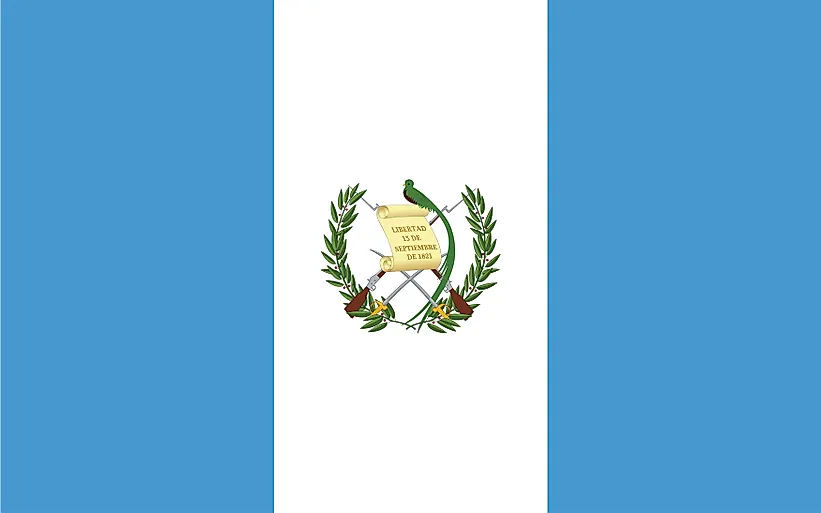
Guatemala
| Continent | Americas |
| Capital | Guatemala City |
| Population | 15,189,958 |
| GDP | $132.00 Billion |
| GDP per Capita | $7,900 |
| Dialing Code | +502 |
| ISO Code (2-letter) | GT |
| ISO Code (3-letter) | GTM |
Guatemala Landscapes






About Guatemala
Welcome to Guatemala, a country where ancient Maya civilization meets modern Latin American culture. With approximately 17.2 million people occupying 108,889 square kilometers, Guatemala combines extraordinary biodiversity with rich cultural heritage, earning its nickname as the “Land of Eternal Spring.”
Geographic Features and Natural Beauty
Guatemala’s geography features remarkable diversity, from Pacific coastal plains through volcanic highlands to Caribbean lowlands. The country boasts 37 volcanoes, including active Pacaya and Fuego, creating dramatic landscapes and fertile soils.
The landscape includes the Maya Mountains, dense rainforests, and Lake Atitlán, considered one of the world’s most beautiful lakes. The country’s location between two oceans and varied elevation creates multiple microclimates supporting diverse ecosystems.
Protected areas like Tikal National Park preserve both natural habitats and ancient Maya ruins, while the Petén region contains Central America’s largest remaining tropical rainforest. The country’s biodiversity includes numerous endemic species and important migratory bird corridors.
Cultural Heritage and Traditions
Guatemalan culture reflects a vibrant blend of Maya civilization and Spanish colonial influences. The country maintains 23 distinct Maya groups, each with unique languages, traditional dress, and customs, alongside Ladino (mixed Hispanic-indigenous) culture.
Traditional arts include colorful textile weaving, particularly in indigenous communities, with each region having distinctive patterns and techniques. Music combines pre-Hispanic instruments with colonial influences, while traditional dances tell stories of both Maya and Catholic origins.
Guatemalan cuisine features corn-based dishes like tamales and tortillas, alongside regional specialties including pepián and kak’ik. The country’s coffee, chocolate, and cardamom production reflects both ancient traditions and modern agricultural expertise.
Historical Journey
Guatemala’s history spans from the sophisticated Maya civilization, through Spanish colonization, to independence in 1821. The ancient Maya cities of Tikal, El Mirador, and others demonstrate advanced architectural and astronomical knowledge.
The 20th century saw significant political changes, including a 36-year civil conflict that ended in 1996. Recent decades have focused on reconciliation, democratic development, and economic growth while preserving cultural heritage.
Modern Economic Landscape
Today’s Guatemalan economy is Central America’s largest, based on agriculture, manufacturing, and services. The country is the world’s leading producer of cardamom and a significant coffee exporter.
Recent development initiatives focus on infrastructure improvement, tourism development, and sustainable agriculture. The country’s strategic location and young workforce support its growing role in regional trade.
International Relations and Global Position
Guatemala maintains active participation in Central American integration efforts and broader international organizations. The country’s position between North and South America makes it an important bridge for trade and cultural exchange.
Did You Know?
• Guatemala is known as the birthplace of chocolate, first cultivated by the Maya?
• The country produces some of the world’s highest quality jade?
• Lake Atitlán is surrounded by three volcanoes and fills a massive volcanic crater?
• Guatemala is the world’s leading producer of cardamom?
Conclusion
Guatemala represents a fascinating blend of ancient wisdom and modern vitality. From its volcanic landscapes to its living Maya culture, from its colonial architecture to its contemporary arts, Guatemala continues to evolve while preserving its unique heritage. As it addresses challenges including rural development and environmental protection, Guatemala remains committed to sustainable growth while maintaining its position as a cultural and natural treasure of Central America.